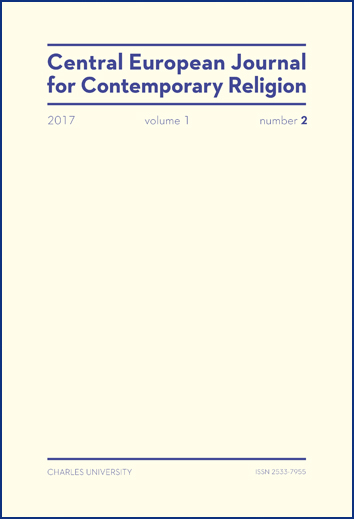Advertising and Methodology. What advertising has to teach us about (the study of) Thai Buddhism. Part Two
Advertising and Methodology. What advertising has to teach us about (the study of) Thai Buddhism. Part Two
Author(s): Miloš HubinaSubject(s): Theology and Religion
Published by: Univerzita Karlova v Praze, Nakladatelství Karolinum
Keywords: Thailand; Buddhism; Theravada; Advertising; Wat; Shrine; Cognitive Science of Religion
Summary/Abstract: In this paper I make proposals regarding further advances in the studies of Theravada Buddhism along the lines suggested by Justin McDaniel in his The Lovelorn Ghost and the Magical Monk (2011). The benefits of McDaniel’s approach lie in his de-emphasis of doctrinal tradition and his focus on local frames of reference in explaining Thai Buddhism. Its faults lie in a disregard for the developments outside the socio-cultural paradigm. I argue for the integration of socio-cultural and naturalist approaches to the study of religion. Balancing the over-accentuation of the explanatory power of either socio-cultural or cognitive concepts, such integration would also permit a move from the socio-cultural metaphorical models to causal and more controlled explanations of religious phenomena. I illustrate my suggestions through an example of a Thai wat (shrine/monastery). One of these suggestions, implied by the de-emphasis of the doctrinal tradition, is to recognize the predominantly advertising and ritualistic function of wats’ visuals, effigies, and architecture rather than reading them as symbolic expressions of doctrinal tenets.
Journal: Central European Journal for Contemporary Religion
- Issue Year: 1/2017
- Issue No: 2
- Page Range: 47-72
- Page Count: 26
- Language: English

